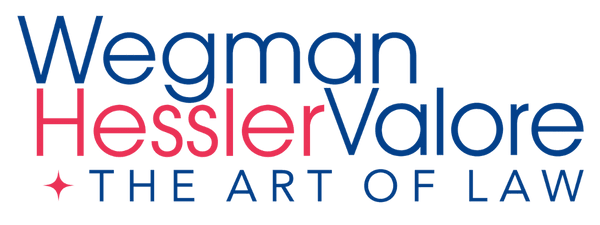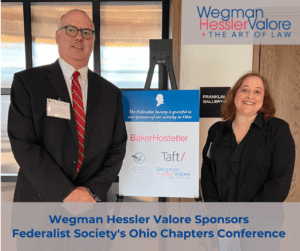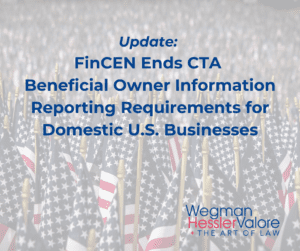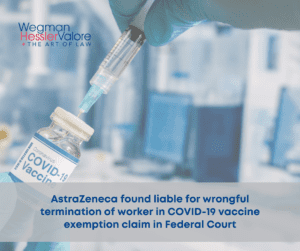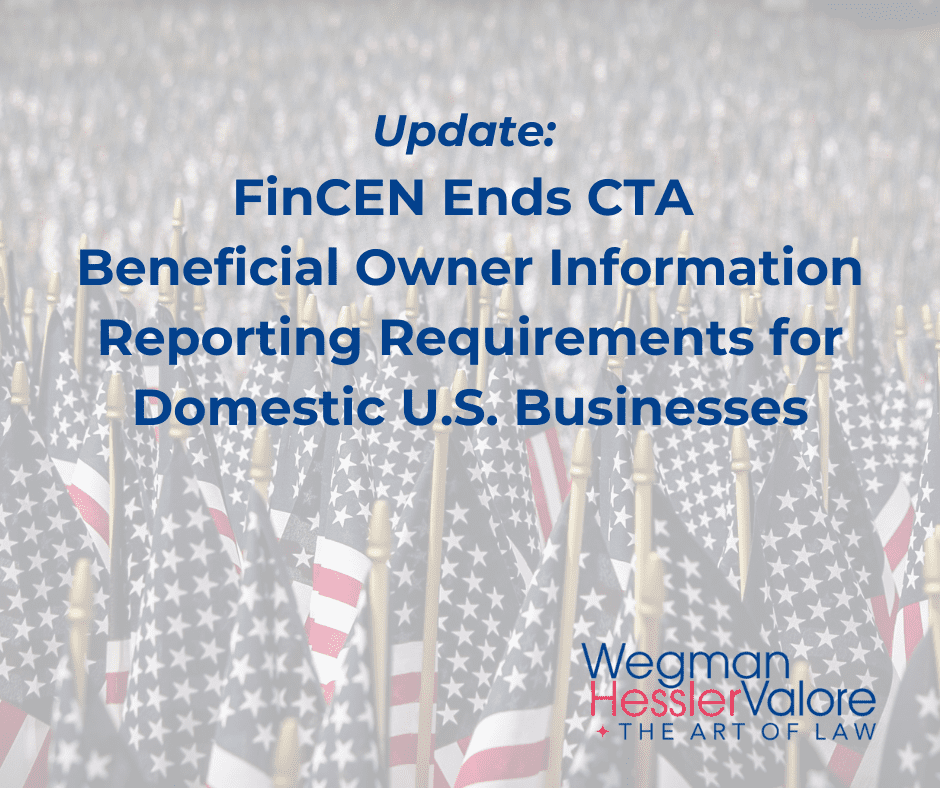HHS Expands Provider Relief Fund to Dentists

On July 10, 2020, the U.S. Department of Health and Human Services (HHS) announced it will allow dentists and other dental providers to apply for relief through the Public Health and Social Services Emergency Fund (“Provider Relief Fund”). The Provider Relief Fund was created through a collective appropriation from the Coronavirus Aid, Relief, and Economic Security Act (CARES Act) and the Paycheck Protection Program and Health Care Enhancement Act. The Provider Relief Fund will provide $175 billion to reimburse eligible providers for healthcare-related expenses and lost revenues attributable to COVID-19. Certain dental providers who billed governmental payors were previously eligible for distributions from the Provider Relief Fund’s $50 billion General Distribution or the Medicaid and CHIP Distribution. However, this recent announcement has expanded the Provider Relief Fund to dental providers who do not bill Medicare or Medicaid. Highlights from the announcement are detailed below:
Eligibility
To be eligible to apply, a dental provider must meet all of the following requirements:
- Must not have received payments from the General Distribution (for Medicare providers) or the Medicaid and CHIP Distribution (although, such Medicaid or CHIP dental providers will have until July 20, 2020 to submit their request through the same Portal for the Medicaid and CHIP Distribution);
- Must either
i. have filed a federal income tax return for fiscal years 2017, 2018 or 2019, or
ii. be an entity exempt from the requirement to file a federal income tax return; - Must have provided patient dental care after Jan. 31, 2020;
- Must not have permanently ceased providing patient dental care directly, or indirectly, through included subsidiaries;
- Must, if the applicant is an individual, have gross receipts or sales from providing patient dental care reported on Form 1040, Schedule C, Line 1, (excluding income reported on a W-2 as a (statutory) employee).
HHS developed a curated list of dental providers to allow dental providers to apply under this distribution. The curated list includes both third party and HHS datasets. When a dental provider applies, the first step of the application process is to validate that their TIN is on a curated list of known dental providers. Any eligible dental providers not on the curated list will undergo additional review and if validated will be permitted to apply for funding. As such, it is recommended that dental providers begin the application process early to allow for HHS to authenticate the provider. With the uncertainty regarding the curated list, and as this is a threshold question for application, it is anticipated that additional guidance and/or clarification from HHS will be forthcoming.
In addition, a dental provider must not be excluded, terminated from, or have had billing privileges revoked by federal healthcare programs (including Medicare, Medicare Advantage, Medicare Part D or Medicaid) to participate in this distribution.
Expected Payments
Payments will be based upon 2% of the provider’s reported patient gross revenue from their most recent tax filing . Thus, accompanying tax documentation must be provided. HHS has indicated that payments will be disbursed on a rolling basis, as information is validated. Further, HHS may seek additional information from providers as necessary to complete its review.
Application Process
Applications for the program are to be submitted via the Provider Relief Fund Payment Portal by July 24, 2020. Providers are required to create a username with Optum, attest that they are the program administrator, and only one person can serve as the program administrator per TIN.
Dental providers will also need to upload the following documentation:
• The applicant’s most recent federal income tax return for 2017, 2018 or 2019 or a written statement explaining why the applicant is exempt from filing a federal income tax return (e.g., a state-owned hospital or healthcare clinic).
• The applicant’s Employer’s Quarterly Federal Tax Return on IRS Form 941 for Q1 2020, Employer’s Annual Federal Unemployment (FUTA) Tax Return on IRS Form 940, or a statement explaining why the applicant is not required to submit either form (e.g. no employees).
• The applicant’s FTE Worksheet (provided by HHS).
• If required, the applicant’s Gross Revenue Worksheet (provided by HHS)
Terms and Conditions
Recipients will be required to certify compliance with the Terms and Conditions of the Distribution (available here). Of note, the Terms and Conditions stipulate that providers will have accepted the Terms and Conditions by retaining payment for at least 90 days without contacting HHS in relation to the remittance of those funds. In addition, for the purpose of certifications required under the Terms and Conditions, HHS is broadly viewing every patient treated after January 31,2020 as a possible COVID-19 case.
Helpful information can also be found in the Cares Act Provider Relief Fund Frequently Asked Questions.
As always, please do not hesitate to contact your Wegman attorney for further clarification on this or any other issues you might be facing during these ever changing times.
Wegman Hessler specializes in business law for business leaders, applying legal discipline to solve business problems to help business owners run smarter. For more than 50 years, this Cleveland business law firm provides full-service strategic legal counsel for closely held businesses. Learn more at www.wegmanlaw.com.
